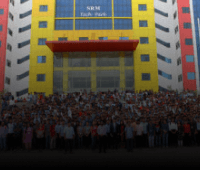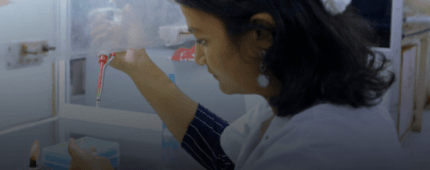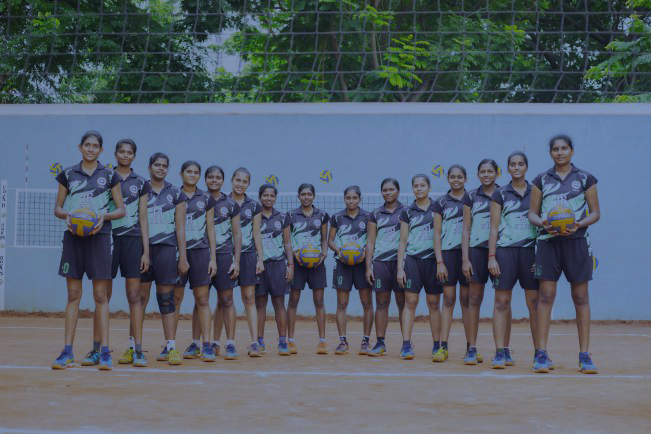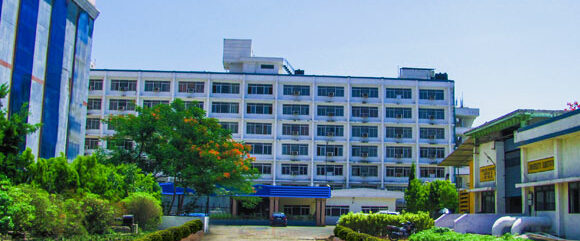Automation Lab
Automation plays a major role in the industry for making defect-free products with improved productivity.
Specifications
- Speed Control circuits for double acting cylinder
- A synchronization circuit for two cylinders
- Continuous reciprocation of the double acting cylinder
- Sequencing of two cylinder circuits
- Cascading circuit for trapped signals-2 groups
- Cascading circuit for trapped signals- 3 groups
- Logic Circuits and /or
- Basic Electro Pneumatic Circuits: Continuous reciprocation of cylinder (with timer and counter) Sequencing of two cylinders
- Force, Velocity calculations in Hydraulic Linear actuation
- Speed Control of AC Servo Motor using open and closed loop control
- PLC Application Trainer
- PLC Control Pneumatic/ Hydraulic linear actuator circuits
- Water Level Controller using PLC
- PLC Controlled Material Handling System
- Process Control using Virtual Instrumentation
- Run A Stepper Motor: For Required Angle
- Characteristics of Inductive, capacitive and photoelectric proximity sensors
- Pick and place operation of ABB Robot in Manual Mode
- Pick and place operation of ABB Robot in Teach Pendant method
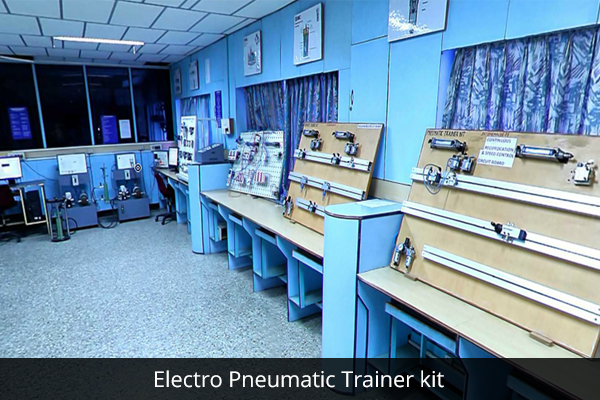
- NI CDAQ for data acquisition
- NI my RIO Sensor and mechatronics Kits
Description:
- NI CDAQ is used for acquiring analog/digital and it can be processed using lab view software for controlling the any device the analog/digital output or the data can be monitored and acquired for analysis purpose.
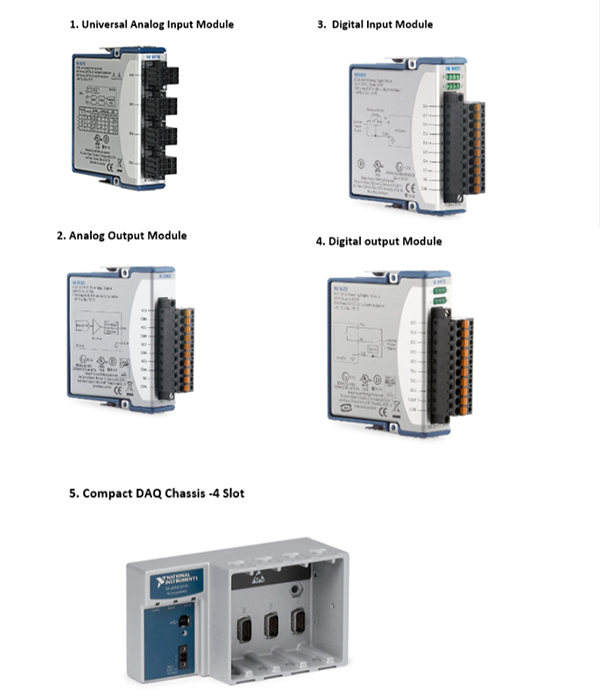

- Spring-terminal connectivity
- Support for Thermocouple (50 S/s/ch), RTD, Resistance, Full-Bridge, Half-Bridge, Quarter-Bridge, Voltage, and Current Measurements
- Voltage and current excitation
- 250 VAC, CAT II, channel-to-channel isolation

- The NI 9263 is a simultaneously updating analog output module.
- It features overvoltage protection, short-circuit protection, low crosstalk, fast slew rate, high relative accuracy, and NIST traceable calibration.
- The NI 9263 module includes a channel to earth ground double isolation barrier for safety and noise immunity.

- The NI 9421 works with industrial logic levels and signals to connect directly to a wide array of industrial switches, transducers, and devices.
- Each channel is compatible with 24 V logic levels and has an LED indicating the state of that channel.
- The NI 9421 offers isolation between the input channels and earth ground.

- The NI 9472 works with industrial logic levels and signals to connect directly to a wide array of industrial switches, transducers, and devices.
- Each channel is compatible with signals from 6 V to 30 V, features transient overvoltage protection between the output channels and the backplane, and has an LED that indicates the status.
- The NI 9421 works with industrial logic levels and signals to connect directly to a wide array of industrial switches, transducers, and devices.
- Each channel is compatible with 24 V logic levels and has an LED indicating the state of that channel.
- The NI 9421 offers isolation between the input channels and earth ground.
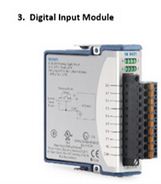
- The NI 9472 works with industrial logic levels and signals to connect directly to a wide array of industrial switches, transducers, and devices.
- Each channel is compatible with signals from 6 V to 30 V, features transient overvoltage protection between the output channels and the backplane, and has an LED that indicates the status.
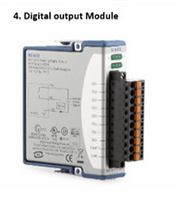
Profile
The first objective of this lab is to familiarize in fluid power automation and different components of Hydraulics, pneumatics, electro-hydraulic / electro-pneumatic and PLC based systems. The second objective is to give hands-on experience in designing and executing of circuits for real systems. The virtual simulation experiments are based on electro-pneumatic, electro-hydraulic and PLC based systems. This course is focused for third-year undergraduate students to learn the basics of automation and postgraduate students to get enhancement in the area of automation. The undergraduate and postgraduate students when they are in final year may utilize this knowledge to design and development of automated systems.




